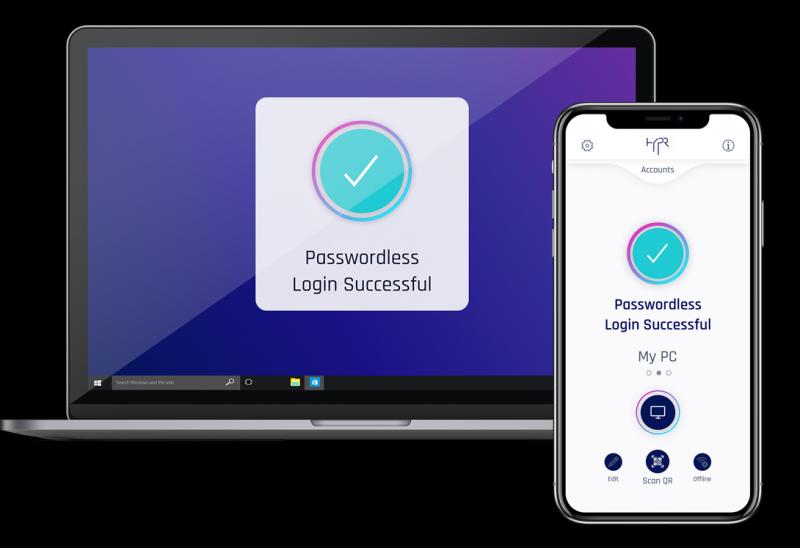The Future of Authentication: Advancements in Passwordless and Multi-Factor Authentication

About Course
In a digital age where cyberattacks are growing in sophistication and frequency, traditional passwords are no longer enough to secure sensitive data and user identities. This course explores the evolution of authentication methods, diving deep into the cutting-edge world of passwordless access, multi-factor authentication (MFA), and intelligent techniques like biometrics, behavioral, and contextual authentication. Students will examine how the authentication landscape is transforming to provide stronger, user-friendly, and more resilient security solutions across devices, platforms, and industries.
Designed for tech enthusiasts and professionals alike, this course brings real-world insights into implementation strategies, practical use cases, and the technical and ethical challenges facing modern authentication. Through case studies and best practices, learners will understand not only the how but also the why behind these innovations, preparing them to make informed decisions in cybersecurity, software development, and IT management. If you’re ready to step into the future of identity verification and help shape a safer digital world, this course is your launchpad
Course Content
Introduction
Overview of the importance of authentication
00:00Traditional password-based authentication challenges
00:00Need for passwordless and multi-factor authentication
00:00